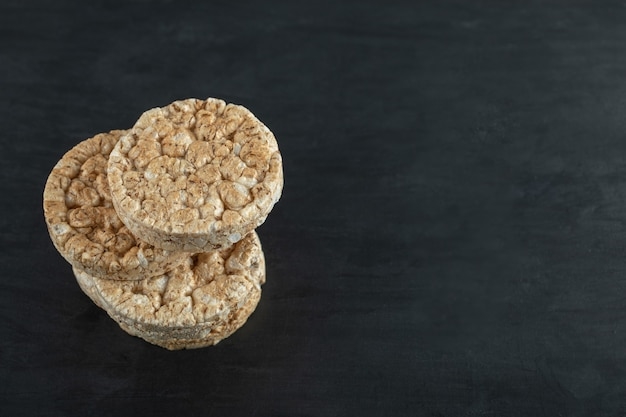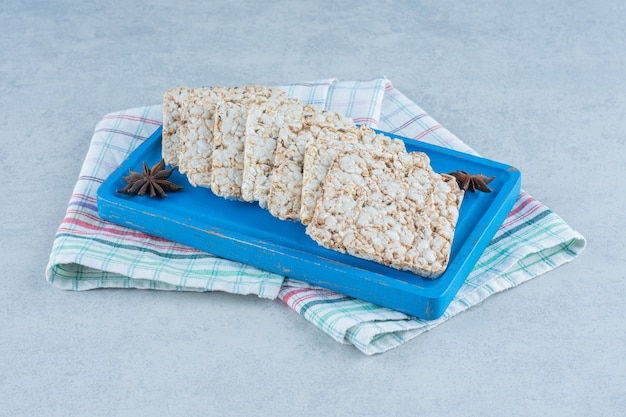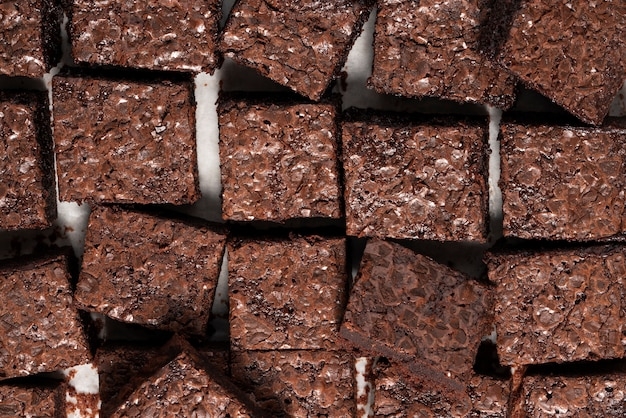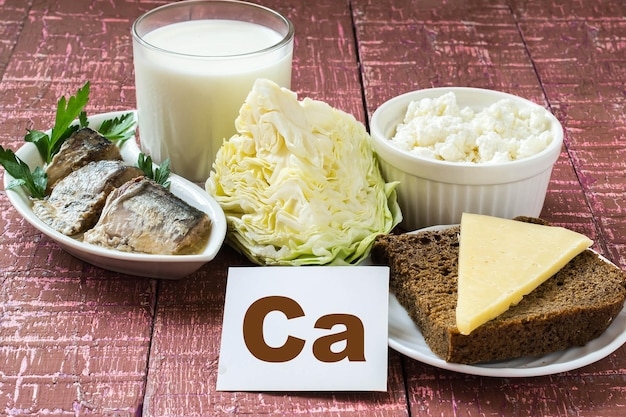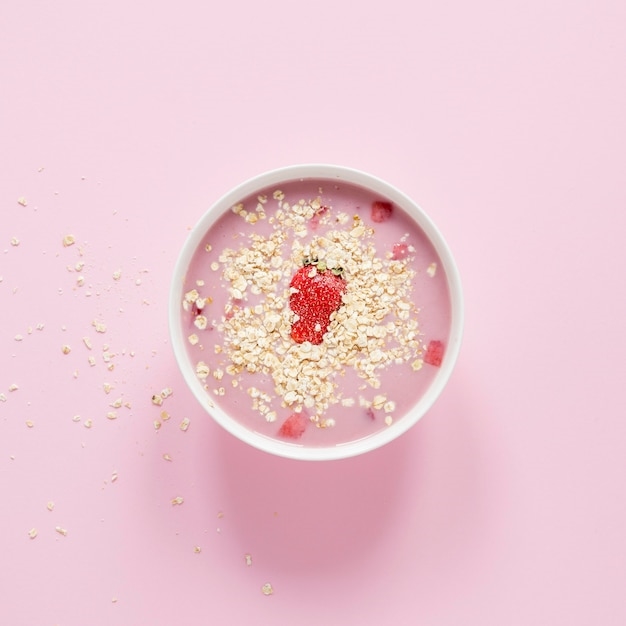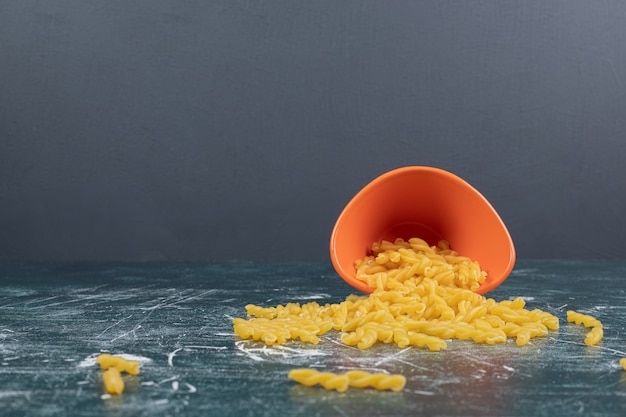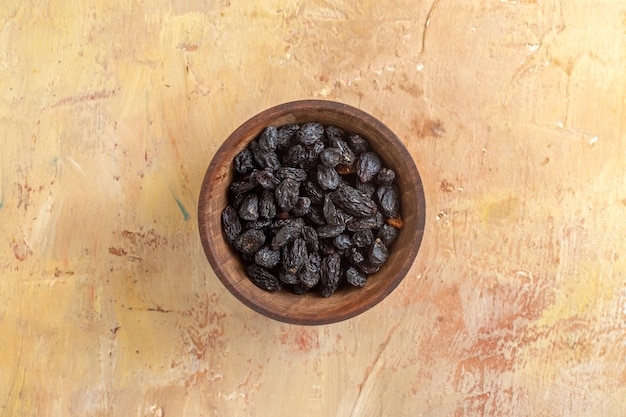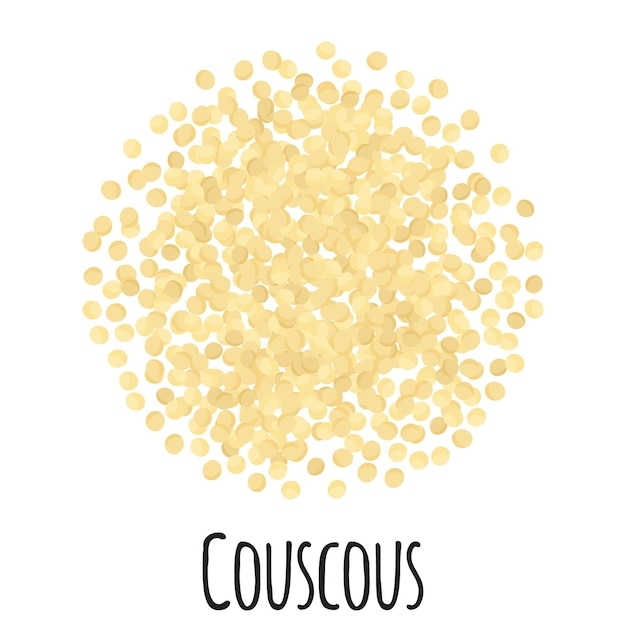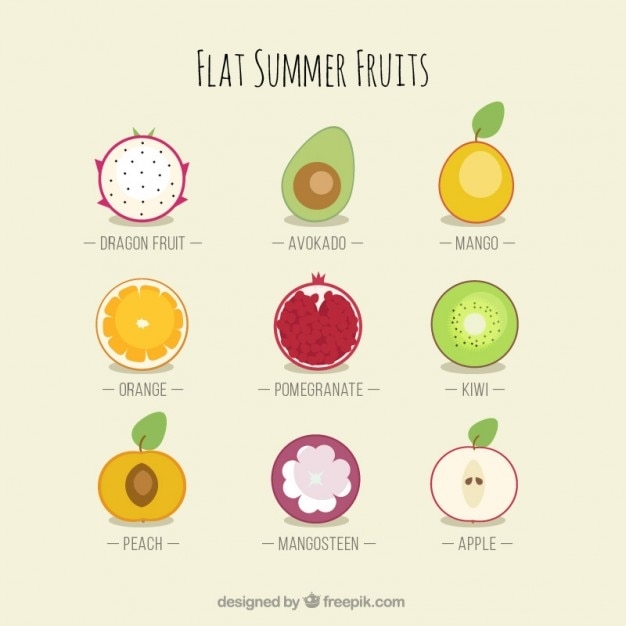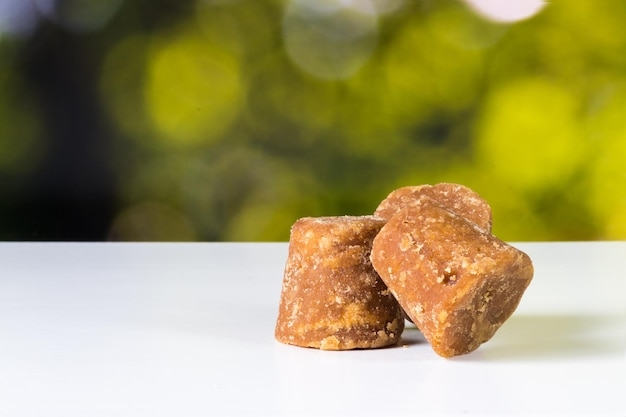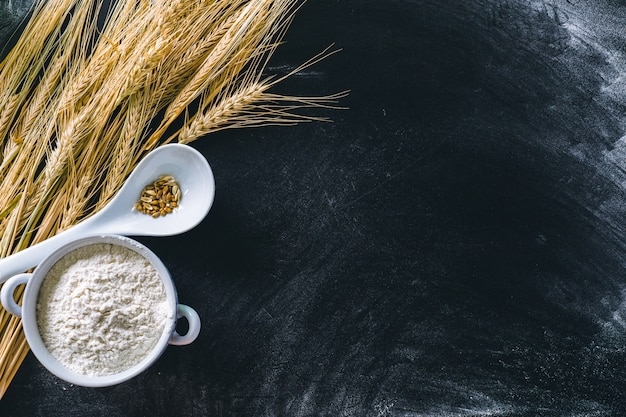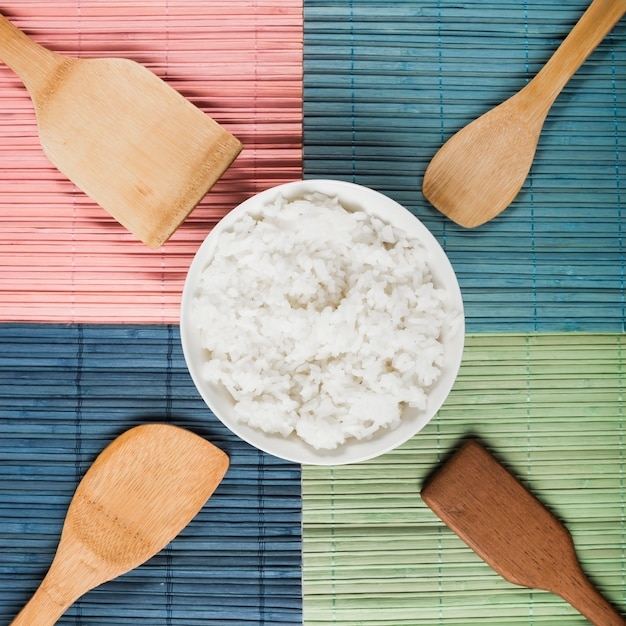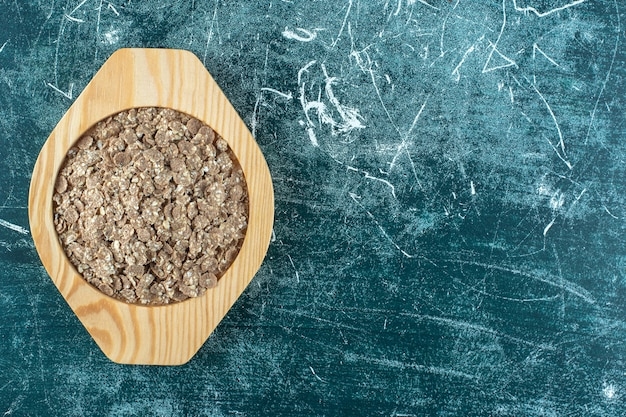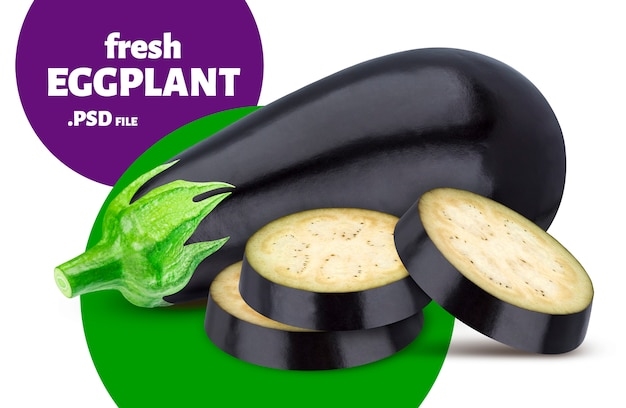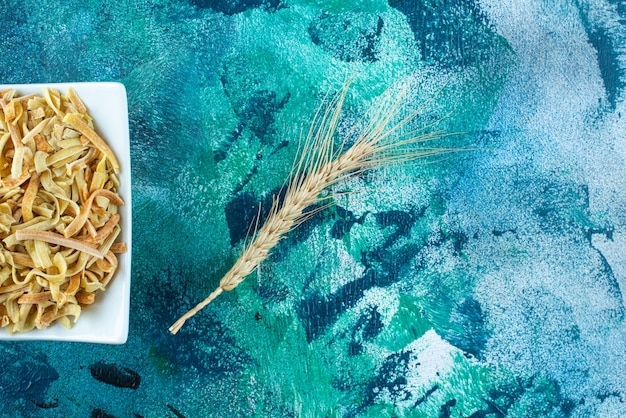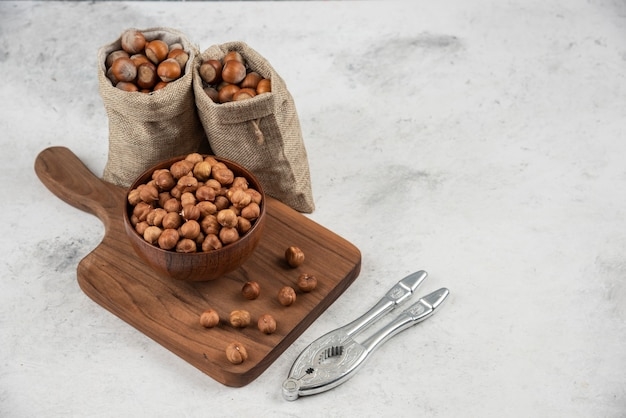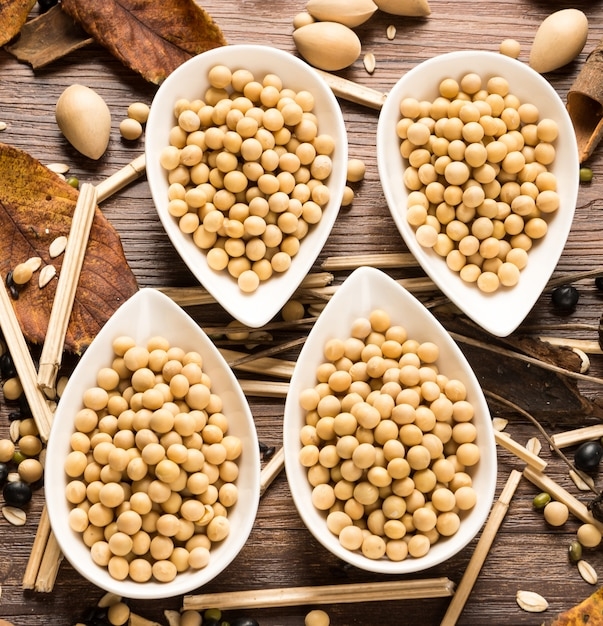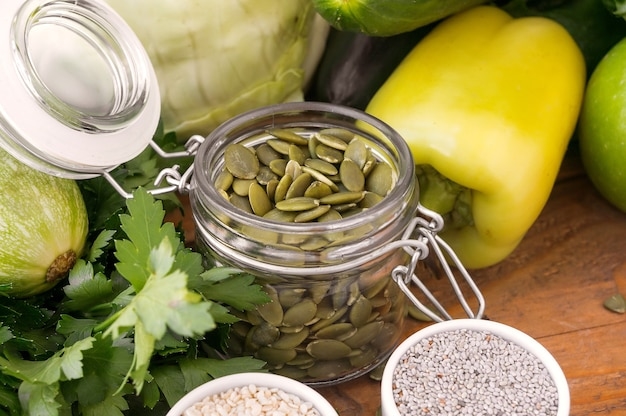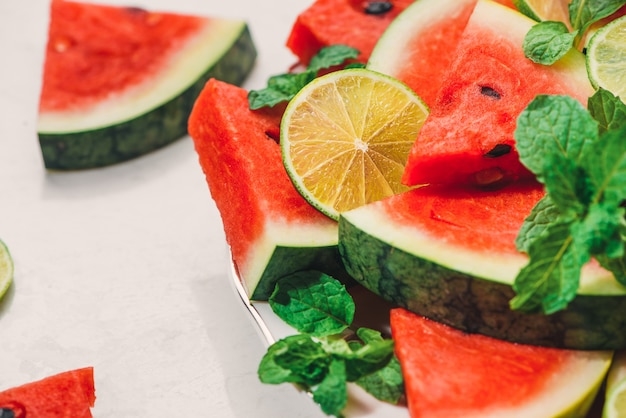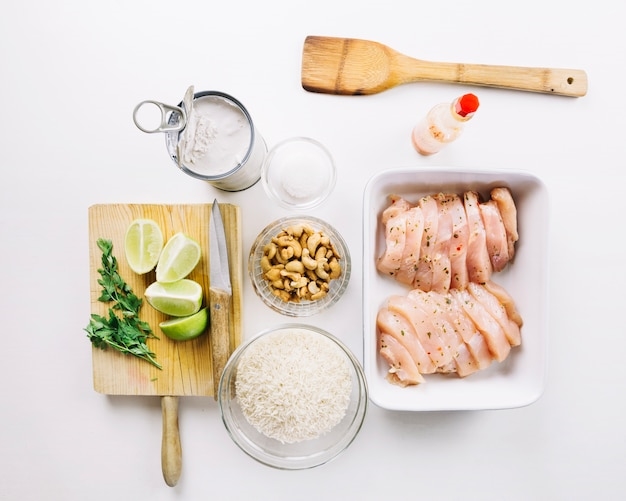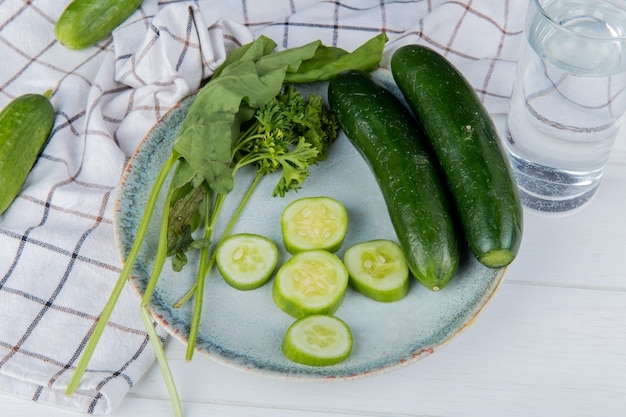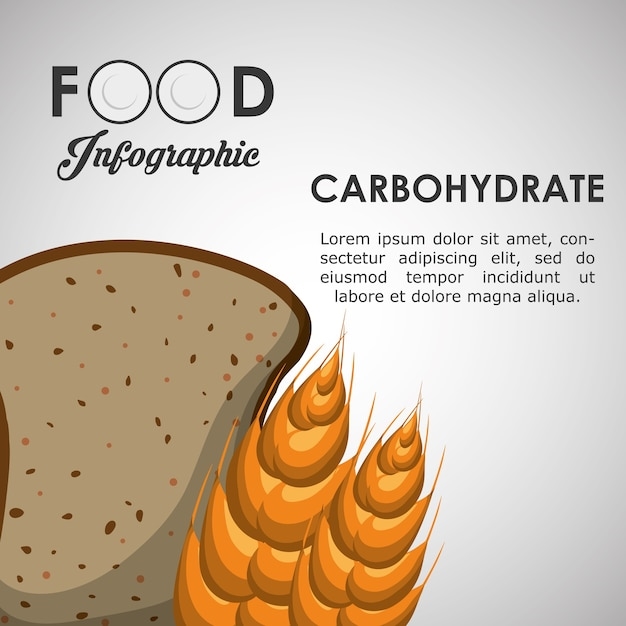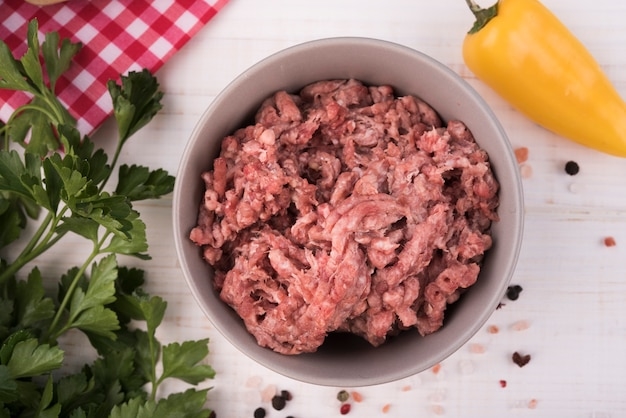Brown rice is a whole-grain rice that has not had its bran and germ removed. It is a healthier option compared to white rice because of its higher fiber content and lower glycemic index, which means it is slower to digest and does not spike blood sugar levels as much. But how much fiber and complex carbohydrates does brown rice actually contain per 100g? Let’s take a closer look.
What are Fiber and Complex Carbohydrates?
Fiber is a type of carbohydrate that is not broken down by the body. It passes through the digestive system largely intact and provides a range of health benefits, such as improving gut health and reducing the risk of heart disease, stroke, and type 2 diabetes. Complex carbohydrates are larger molecules made up of simple sugars, and they are slower to digest and provide sustained energy to the body.
Brown Rice Nutritional Information
The following nutritional information is based on 100g of cooked brown rice:
- Calories: 111 kcal
- Protein: 2.6g
- Fat: 0.9g
- Carbohydrates: 23.5g
- Fiber: 1.8g
- Complex carbohydrates: 22.2g
How Much Fiber and Complex Carbohydrates are in Brown Rice?
As shown in the nutritional information above, 100g of cooked brown rice contains 1.8g of fiber and 22.2g of complex carbohydrates. This means that brown rice is a good source of both fiber and complex carbohydrates.
What are the Benefits of Eating Fiber and Complex Carbohydrates?
Eating a diet rich in fiber and complex carbohydrates can provide several health benefits, including:
- Improved gut health
- Reduced risk of heart disease, stroke, and type 2 diabetes
- Lowered cholesterol levels
- Steady supply of energy to the body
- Improved satiety and reduced calorie intake
How Can I Incorporate Brown Rice into My Diet?
Brown rice can be incorporated into your diet in a variety of ways, such as:
- As a side dish to accompany meat, fish, or vegetables
- As a base for stir-fry dishes
- In salads
- In soups and stews
Is Brown Rice Gluten-Free?
Yes, brown rice is gluten-free and can be a suitable grain option for those with celiac disease or gluten intolerance.
How Can I Cook Brown Rice?
The following is a simple recipe for cooking brown rice:
- Wash 1 cup of brown rice under cold water.
- Bring 2 cups of water to a boil in a pot.
- Add the rice to the pot and stir.
- Reduce the heat to low, cover the pot, and simmer for 45-50 minutes.
- Remove the pot from the heat and let it sit for 10 minutes.
- Fluff the rice with a fork and serve.
FAQs
1. Is brown rice better than white rice?
Yes, brown rice is a healthier option compared to white rice because of its higher fiber content and lower glycemic index.
2. Can brown rice help with weight loss?
Yes, eating brown rice as part of a balanced diet can help with weight loss. Its high fiber and complex carbohydrate content can help keep you feeling full and reduce calorie intake.
3. Can brown rice cause bloating?
Some people may experience bloating after eating brown rice, but this is not common. The fiber in brown rice can actually help improve gut health and reduce bloating in some people.
4. How much brown rice should I eat per day?
The recommended daily intake of grains, including rice, is 6-8 servings. One serving of rice is about 1/2 cup of cooked rice.
5. Is brown rice suitable for a low-carb diet?
Brown rice is not suitable for a low-carb diet, as it is a carbohydrate-rich food. However, it is a healthier option compared to other carbohydrates like white rice or pasta because of its higher fiber content and lower glycemic index.
Conclusion
Brown rice is a healthier option compared to white rice because of its higher fiber content and lower glycemic index. 100g of cooked brown rice contains 1.8g of fiber and 22.2g of complex carbohydrates. Eating a diet rich in fiber and complex carbohydrates can provide several health benefits, such as improved gut health, reduced risk of heart disease, stroke, and type 2 diabetes, lowered cholesterol levels, steady supply of energy to the body, and improved satiety and reduced calorie intake. Brown rice can be incorporated into your diet in a variety of simple ways and is gluten-free and suitable for those with celiac disease or gluten intolerance. Its high fiber and complex carbohydrate content also makes it a suitable food for weight loss.
